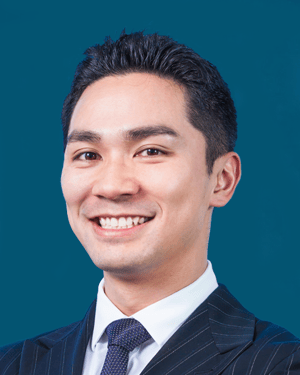The lifetime prevalence of PTSD in different countries.
The prevalence of PTSD varies in different countries. As there were differences in the methodology in the measurements, the results may not be directly comparable. Though some have implicated cultural influences on the development and maintenance of PTSD.⁹
The lifetime prevalence of PTSD recorded in adult Americans was 6.8% and the twelve-month prevalence was 3.5%.¹⁰⋅¹¹
However, the lifetime prevalence for PTSD ranges from 0.3% in China to 6.1% in New Zealand.¹²
PTSD is commonly associated with other mental illnesses, such as depression, insomnia, personality disorder, eating disorders and suicidal thoughts. In particular, some people resort to substance or alcohol abuse in an attempt to cope with the symptoms, such as nightmares and intrusive thoughts. It is therefore important for someone who is suffering from PTSD symptoms to seek treatment as soon as possible.
[⁹]Liddell, B.J. and Jobson, L., 2016. The impact of cultural differences in self-representation on the neural substrates of posttraumatic stress disorder. European Journal of Psychotraumatology, 7(1), p.30464.
[¹⁰]Kessler, R.C., Berglund, P., Demler, O., Jin, R., Merikangas, K.R. and Walters, E.E., 2005. Lifetime prevalence and age-of-onset distributions of DSM-IV disorders in the National Comorbidity Survey Replication. Archives of general psychiatry, 62(6), pp.593-602.
[¹¹]Kessler, R.C., Chiu, W.T., Demler, O. and Walters, E.E., 2005. Prevalence, severity, and comorbidity of 12-month DSM-IV disorders in the National Comorbidity Survey Replication. Archives of general psychiatry, 62(6), pp.617-627.
[¹²]Kessler, R.C. and Üstün, T.B., 2008. The World Health Organization composite international diagnostic interview. The WHO world mental health surveys: Global perspectives on the epidemiology of mental disorders, pp.58-90.
Information provided by:

Specialist in Psychiatry, OT&P Healthcare
Please note that all medical articles featured on our website have been reviewed by qualified healthcare doctors. The articles are for general information only and are not medical opinions nor should the contents be used to replace the need for a personal consultation with a qualified medical professional on the reader's medical condition.